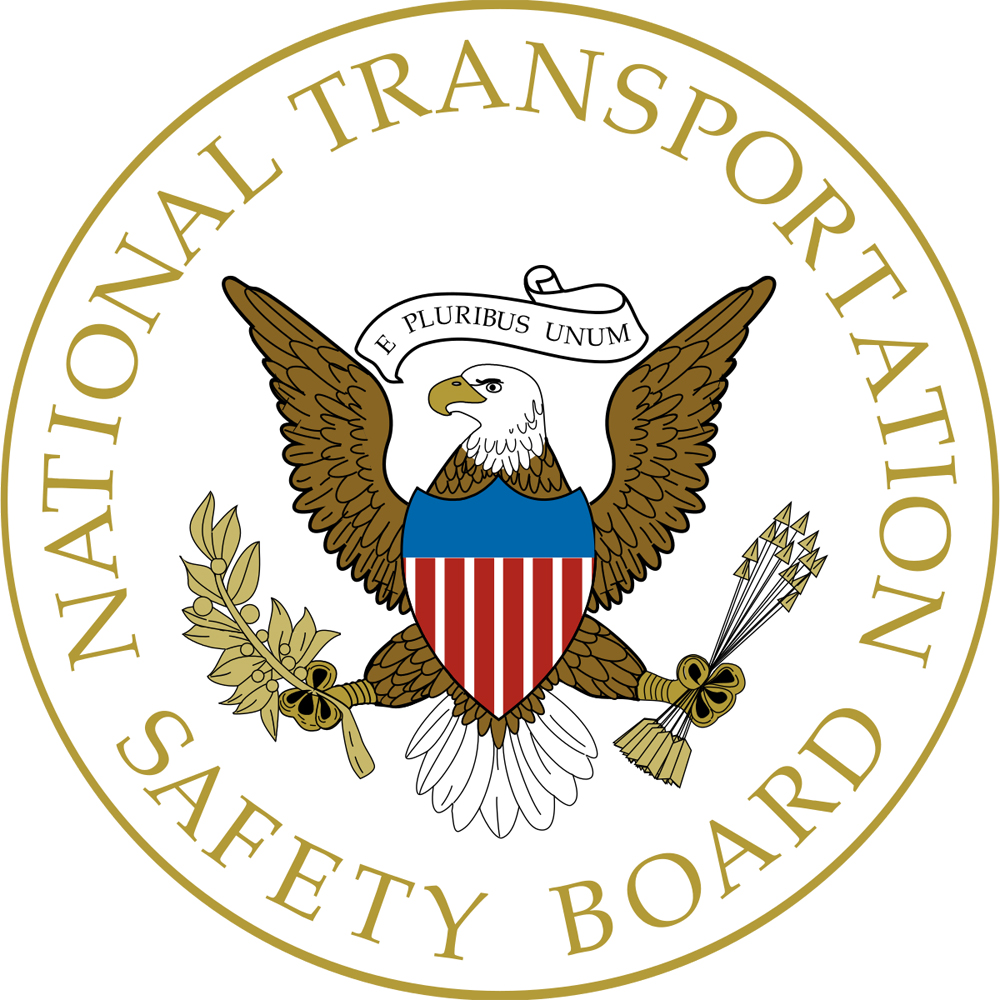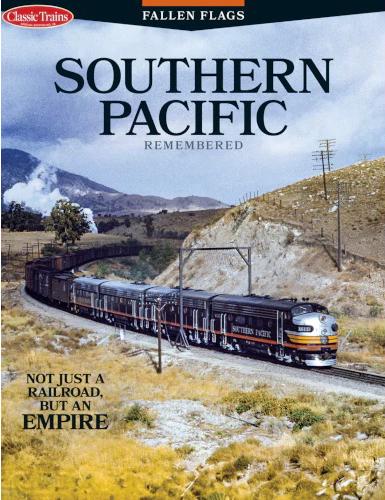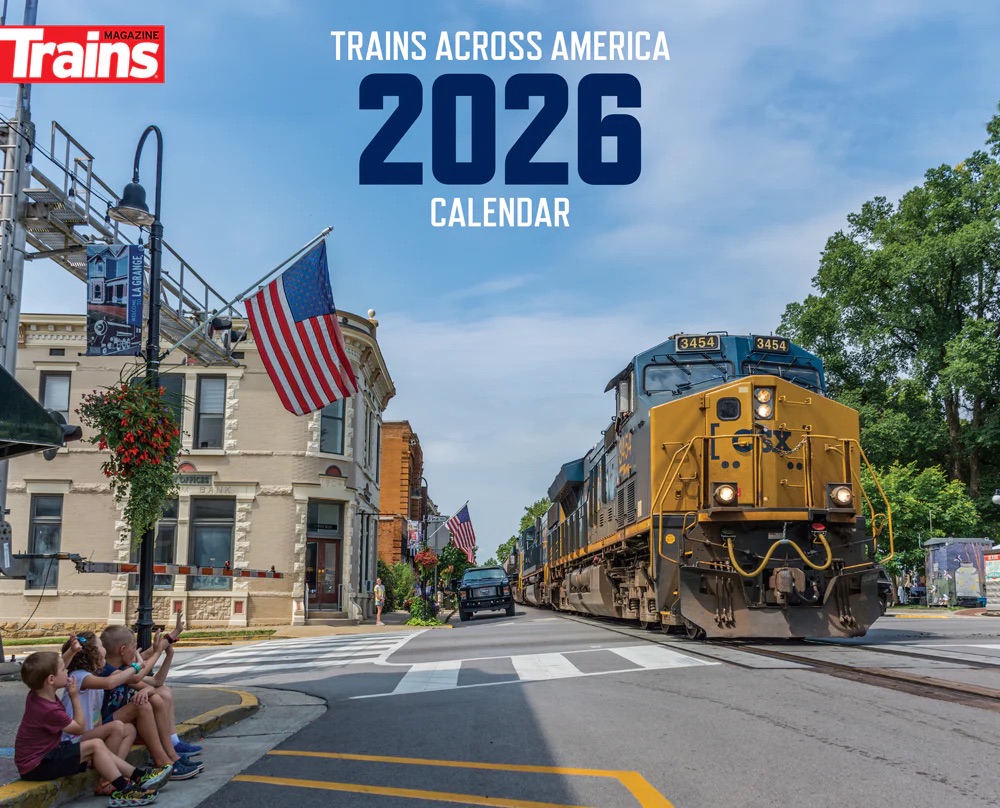
MONTREAL — Canadian National reported higher third-quarter profits today but announced further belt tightening as it expects trade disputes and economic uncertainty to weigh on volumes next year.
“As we look to 2026, we see another year of limited volume growth, with a weak outlook for North American industrial production and housing starts, and some mixed headwinds given the continued impact of tariffs, on forest products in particular,” CEO Tracy Robinson said on the railway’s earnings call Friday morning (Oct. 31, 2025).
CN won’t accept that the trade and economic realities will determine its fate. “We’re just going to have to work harder to achieve our goals,” Robinson says.
For the quarter, CN’s operating income increased 6%, to $1.1 billion U.S., as revenue grew 1%, to $2.9 billion. Earnings per share increased 6%, to $1.31.
The railway’s operating ratio improved 1.7 points, to 61.4%, as expenses declined 2%, including a $53 million reduction in labor costs as CN eliminated nearly 400 management positions.
Overall volume was up 5% when counted by carloads, but 1% when measured by revenue ton-miles, the railway’s preferred metric. The volume growth was considered lackluster because of easy comparisons with last year’s third quarter, when a labor dispute caused a work stoppage in August.
Intermodal volume was up 15% compared to a year ago, with automotive volume increasing 4%, coal up 5%, and petroleum and chemicals up 3%. Forest products and metals and minerals traffic both declined 7% for the quarter. Grain volume was flat.
Robinson says CN has improved its operations, efficiency, and service over the past three years thanks to its scheduled railroading operating model working in tandem with its “make the plan, run the plan, sell the plan” strategy. “What we didn’t do well was predict the volume environment we’ve encountered since then,” she says, which has prevented the railway from fully delivering on earnings growth targets.
CN affirmed its financial outlook for the balance of 2025 and has taken a number of actions to reel in costs over the past 12 weeks. The capital budget for next year will be $2 billion, a $428 million reduction from this year. To improve stock performance, CN has accelerated share buybacks. It’s also stockpiling some cash in case it’s needed for merger and acquisition activity.
The majority of the reduction in capital expenses next year is due to the completion of capacity projects in Western Canada, as well as upgrades to CN’s locomotive and freight car fleets.
Janet Drysdale, who this month had the “interim” removed from her title as chief commercial officer, launched a “boots on the ground” sales effort to drum up more business. It produced $35 million of new sales in the third quarter and is up to $100 million to date in the fourth quarter, with market share gains in domestic intermodal and spot moves of soybeans, plastics, and coal.
“We’re going to have to work harder, and we’re going to have to work faster and smarter, and that’s exactly what we’re doing,” Drysdale says.
The railway’s key operational metrics all improved for the quarter. Car velocity increased 1%, terminal dwell declined by 1%, and local service performance improved a point, to 95%. Productivity leaped 20% in the quarter based on gross ton-miles per train and engine employee as CN tightly managed crew levels.
CN boosted its active locomotive fleet to handle the grain harvest, but has kept 160 high-horsepower locomotives in storage, along with 6,000 cars, Chief Operating Officer Patrick Whitehead says.
The 183 locomotive modernizations delivered from 2022 through the third quarter of this year have helped boost fleet availability to 92%, up from 89% in 2021. Fuel efficiency improved 2% in the quarter.
“These are the results of steady fleet modernization and predictive maintenance,” Whitehead says. “We have gone from the oldest fleet eight years ago to the middle of the pack.”
CN remains opposed to the Union Pacific-Norfolk Southern merger. “The industry does not need a merger to provide better service to the North American economy. What we need is more cooperation and less regulation,” Robinson says.
CN aims to protect its network and preserve competition through its participation in the merger review process.
“And if the regulator decides to approve the merger, we will, as we always do, entertain all options to create value for our shareholders,” Robinson says.














Not a single reference to the number of employees. “Creating value” for shareholders obviously leaves out customers, workers and the public. Pockets of executives are well filled, however.